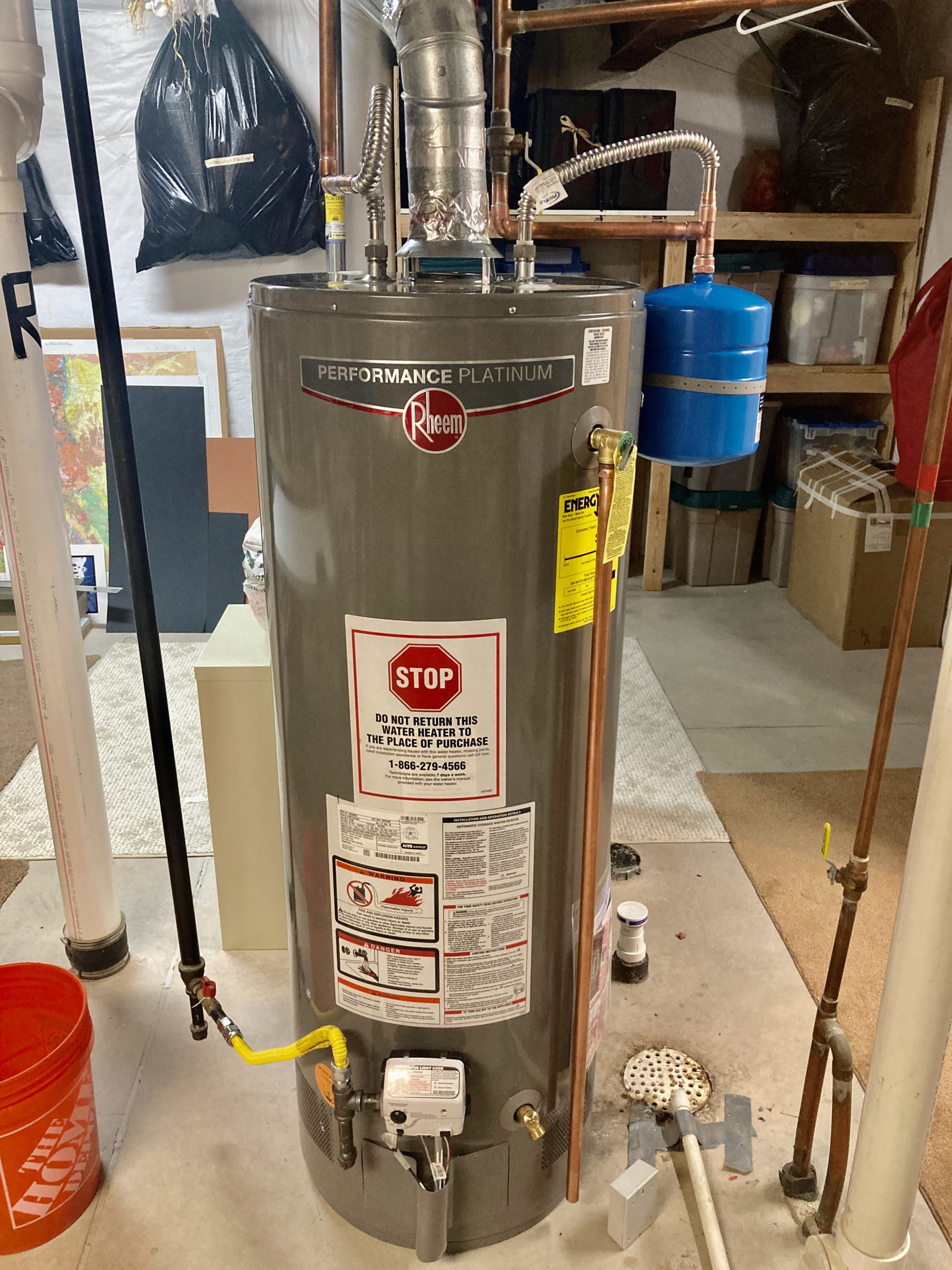Everybody seems to have their unique way of thinking on the subject of Tips on Maintaining a Water Heater.

Warm water is crucial for day-to-day convenience, whether it's for a revitalizing shower or cleaning recipes. To guarantee your hot water system runs effectively and lasts longer, normal upkeep is vital. This write-up gives sensible pointers and understandings on how to keep your home's warm water system to prevent interruptions and expensive repair work.
Intro
Keeping your home's hot water system might seem difficult, but with a couple of straightforward steps, you can ensure it runs efficiently for many years to come. This overview covers every little thing from comprehending your hot water system to do it yourself maintenance tips and understanding when to contact expert help.
Importance of Keeping Your Warm Water System
Routine maintenance not just prolongs the life expectancy of your hot water system yet likewise ensures it runs successfully. Neglecting upkeep can cause decreased performance, greater power expenses, and even early failure of the system.
Signs Your Warm Water System Needs Upkeep
Understanding when your hot water system requires focus can stop major concerns. Watch out for signs such as irregular water temperature, strange noises from the heating system, or rusty water.
Recognizing Your Hot Water System
Prior to diving into maintenance jobs, it's handy to comprehend the standard elements of your hot water system. Normally, this includes the hot water heater itself, pipelines, anode rods, and temperature level controls.
Monthly Upkeep Tasks
Regular month-to-month checks ca
n help capture minor issues prior to they escalate.
Flushing the Hot Water Heater
Flushing your hot water heater removes sediment build-up, enhancing effectiveness and lengthening its life.
Checking and Changing Anode Rods
Anode rods avoid deterioration inside the storage tank. Evaluating and changing them when worn out is vital.
Evaluating and Adjusting Temperature Level Settings
Changing the temperature level setups ensures ideal efficiency and safety.
DIY Tips for Upkeep
You can perform several upkeep tasks on your own to maintain your warm water system in top problem.
Looking for Leaks
Frequently check pipes and links for leakages, as these can result in water damage and greater costs.
Evaluating Pressure Alleviation Valves
Examining the pressure relief valve ensures it works properly and protects against excessive pressure accumulation.
Shielding Pipes
Shielding warm water pipelines reduces warm loss and can save power.
When to Call a Specialist
While do it yourself upkeep is valuable, some concerns call for professional knowledge.
Complex Issues Needing Expert Assistance
Examples include major leaks, electrical issues, or if your hot water heater is constantly underperforming.
Regular Expert Maintenance Perks
Expert upkeep can consist of complete examinations, tune-ups, and making certain compliance with security requirements.
Final thought
Routine maintenance of your home's hot water system is vital for efficiency, durability, and expense financial savings. By complying with these ideas and understanding when to seek professional help, you can ensure a reliable supply of hot water without unforeseen interruptions.
Water Heater Maintenance: The Basics
Maintaining your water heater will ensure it operates efficiently and has a longer lifespan. Neglecting regular maintenance can lead to costly repairs and an even bigger chunk of your savings if you have to replace it sooner than necessary. But there’s good news: Most water heater maintenance tasks are relatively simple and easy for homeowners with basic DIY skills.
Flush the Water Heater
Over time, sediment and minerals can build up in the tank, reducing its efficiency and potentially causing damage. To flush the tank, turn off the power or gas supply, attach a hose to the drain valve near the bottom and open the valve to drain the water until it runs clear. Ideally, flush the tank annually.
Replace the Anode Rod
The anode rod is a sacrificial metal rod that helps prevent corrosion inside the tank. Inspect and replace it every three to five years or per the manufacturer's recommendation. To replace the anode rod, turn off the power or gas supply, drain a few gallons of water from the tank, unscrew the old rod and replace it with a new one. If the anode rod is significantly corroded or covered in calcium buildup, it's a sign the water heater may need to be replaced soon.
Tune-Up
A yearly tune-up can help identify potential issues and ensure your water heater operates at peak efficiency. This typically involves checking the thermostat, burner assembly (for gas heaters) and any other components specified by the manufacturer. During a tune-up, the technician may also clean the burner and adjust the pilot light (for gas heaters) or examine the heating elements (for electric heaters).
How to Maintain Your Water Heater
- Insulate the tank. Insulating the tank can improve energy efficiency and reduce heat loss, saving you money on energy bills. You can purchase precut insulation blankets designed specifically for water heaters or use standard fiberglass insulation wrapped securely around the tank.
- Check the temperature. The recommended water temperature for most households is around 120 degrees Fahrenheit (49 degrees Celsius). Higher temperatures can increase energy costs and potentially cause scalding. Use a kitchen thermometer to check the temperature at the faucet nearest the water heater.
- Monitor water pressure. Excessive water pressure can strain the water heater and cause leaks or even tank failure. Install a pressure-reducing valve if necessary. The ideal water pressure range is between 60 and 70 PSI (pounds per square inch).
- Test the temperature and pressure (T&P) relief valve. The T&P relief valve is a safety feature that releases pressure if the tank gets too hot or the pressure builds up too high. Test it annually by lifting the lever and allowing a small amount of water to release. Replace the valve if it doesn't release water or reseal properly.
- Check for leaks. Regularly inspect the tank, pipes and fittings for leaks or corrosion. Deal with issues promptly to prevent further damage. Even a small leak can lead to significant water damage over time.
- Consider a tankless water heater. If your traditional tank-style water heater is nearing the end of its lifespan ( typically 10 years), consider replacing it with a tankless water heater. These units heat water on demand, reducing standby energy losses and potentially saving you money on your energy bills.
- Schedule professional maintenance. While homeowners can perform many water heater maintenance tasks, it's still a good idea to schedule professional maintenance every few years. A plumber or HVAC technician can thoroughly inspect the unit, identify potential issues and ensure it operates safely and efficiently.
https://www.homeserve.com/en-us/blog/home-improvement/hot-water-heater-maintanence/

Do you appreciate reading up on How to Maintain Your Water Heater & Prolong its Life? Write a short review directly below. We will be happy to hear your ideas about this blog post. Hoping that you visit us again in the near future. Don't hesitate to take the time to promote this page if you enjoyed it. I recognize the value of your readership.
Go Deal
Comments on “Ways to Keep Your Home's Hot Water System in Good ConditionImportant Care Techniques for Your Home's Hot Water System”